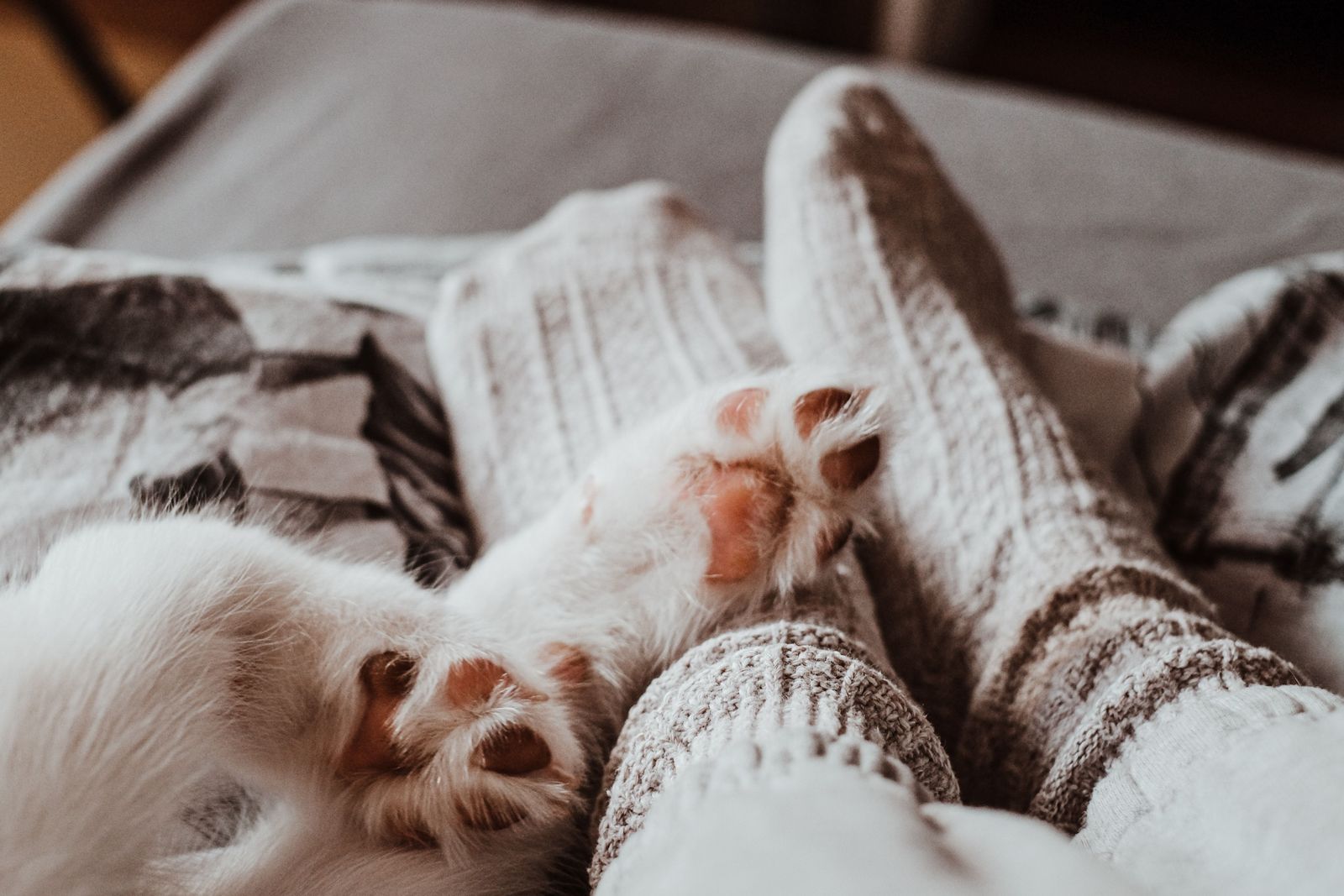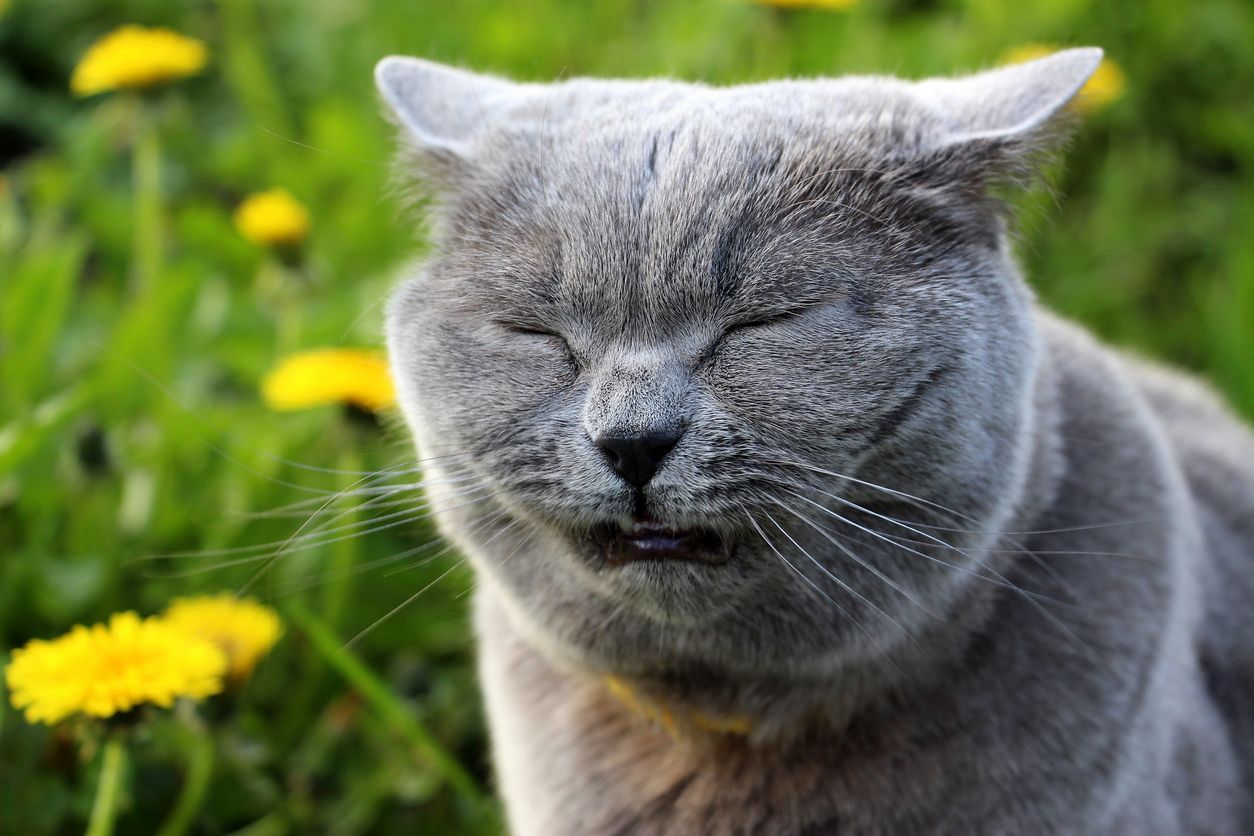Pets and household hazards

Our pets can’t always detect when something is hazardous. Our job as pet parents is to know what can potentially harm our pets and keep those things out of reach. Cleaners, paints, ice-melt, and other household chemicals can harm pets, including cats and dogs. Medications, foods, toys, and other household products also present risks to pets. It is crucial to be aware of these dangers to keep your pets safe at home. Let's tour a home and clarify what items should be a concern.
Inside the house
Walk through your front door and see if you can spot these items lying around. Many products in your living spaces and closets can threaten your animal's life. Check every room to ensure the items you use daily are safe for your pets.
Living areas: After years of living in our homes, we can become careless about collecting items that may seem harmless to us but are potentially harmful to our pets. We might not even notice hazards in our living areas, but anything within reach might end up hurting your pet. Keep an eye out for candles, essential oils, cigarette butts, leftover food or drinks, and anything else that might be dangerous if it ends up in or on your pet.
Kitchen: The kitchen can become messy, especially in the hustle and bustle of family life. Kitchens are intrinsically dangerous because of hot stoves and boiling liquids, and having a pet underfoot can increase the likelihood of an accident. Fragile glassware and sharp knives pose another risk. Any food within reach is fair game as far as your pet is concerned, so look around for potentially toxic foods like coffee, chocolate, grapes, raisins, alcohol, and seasonings. A dog who eats bread dough set out to rise is at risk for life-threatening bloat and stomach rupture. Even non-toxic foods can still make a pet seriously ill when consumed in large amounts, especially foods that are high in fats or very rich. No matter how well trained, your dogs or cats may try to sneak something off the counter if they think your human food will be a tasty snack, so keep an eye out for common kitchen hazards.
Bathrooms: Unfortunately, these rooms contain many harmful chemicals and products that pose serious risks to pets. Medications, cosmetics, and cleaning materials can be very dangerous. Some human toothpastes contain enough of the artificial sweetener xylitol to be dangerous to pets who eat them. Caustic bleach and drain cleaners can damage sensitive feet if they walk through puddles. Hair ties and ribbons present a hazard for GI blockage when swallowed, especially by cats and smaller dogs. Slips and falls can be devastating to older pets with osteoarthritis. Keep bathroom trash cans covered or out of reach as dogs frequently end up needing emergency surgery for a GI blockage after consuming feminine hygiene products. Avoid using harsh cleaners and keep your animals out of bathrooms to avoid these common medical emergencies.
Nursery and kids’ rooms: These rooms are likely to have more “stuff” in them than any other place in the house, and some of it is harmful. Dogs frequently consume diaper rash ointment and dirty diapers, both of which can make them seriously ill or even be life-threatening. Batteries, coins, and magnets also have the potential to be lethal when consumed, so it’s important to keep toys out of reach. Keep the doors to the nursery and kids’ rooms closed to minimize your pet’s chances for an accident in these areas of the house.
Outside the home
When outside your home, there are other potentially dangerous items your pet could encounter. Here are some areas to watch and poisons to be aware of.
Driveway/garage: This area usually contains many hazards for our pets. Antifreeze is a significant concern because its sweet taste makes it appealing for pets to consume and it doesn’t take much to be lethal. Brake fluids, solvents, cleaners, pesticides, herbicides, are other examples of potentially hazardous materials commonly stored in garages. Mousetraps and rodenticides need to be kept out of reach of pets as well. To keep your pet safe, keep them away whenever automotive work is underway, and secure all hazardous products well out of reach before allowing pets in the garage. Unsupervised pets are more likely to get into something dangerous, so think twice before using your garage as a place to confine a pet.
Yards: We usually think of a fenced yard as a safe, contained space for your animals to get some fresh air. But lawn fertilizers, pesticides, and weed killers can be potentially hazardous for your pet. Always use these products according to the label instructions and keep pets off the lawn as directed. Choose a pet-safe product whenever possible, and ask a professional any time you have questions.
Community treatments: Some cities and property owners’ associations apply pesticides and herbicides to community areas. These may cover both public and private property in an effort to eradicate pests like mosquitos. Knowing your neighborhood's spraying schedule allows you to keep your pets inside to avoid walking on grass or brushing up against shrubbery with harsh chemicals applied.
Street gutters: These unobtrusive gutters along your residential street can have run-off filled with chemicals that your pet may ingest and become sick. A neighbor on your street could be doing their own automotive or yard work, causing chemical runoff into the shared gutters. Many types of household runoff are potential hazards to your four-legged friend. If you see any runoff in the gutters, be sure to keep your pet away.
In every scenario involving your pet, prevention is always better than having to deal with an emergency. If your pet does end up being exposed to something potentially hazardous, take the product’s container with you to the vet to help facilitate treatment. Seek veterinary care right away, because getting treatment before symptoms develop is usually the best way to increase the chances for a good outcome.
As pet parents, it’s up to us to be aware of all the potential dangers in our home. Book an online appointment with a vet at Vetster.com today to ensure your home is safe and ready for a pet!




